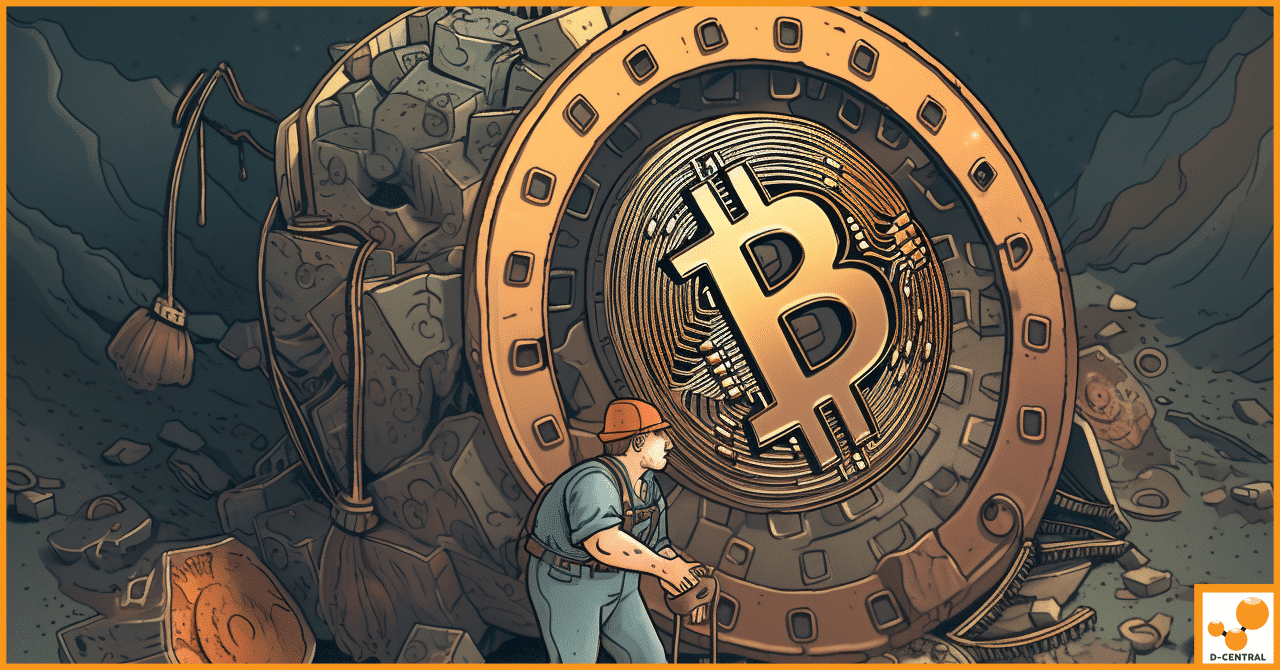
How to Mine Bitcoin: A Beginner’s Guide for the Non-Technical
Bitcoin mining is verifying transactions and adding them to the public blockchain, a decentralized ledger that records all Bitcoin transactions.
4479 Desserte Nord Autoroute 440, Laval, QC H7P 6E2

In the ever-evolving landscape of cryptocurrency, home miners stand as the unsung heroes of Bitcoin’s decentralized network. This comprehensive guide explores how individual miners contribute to the security, resilience, and democratic nature of the world’s leading digital currency.
At the heart of Bitcoin’s revolutionary technology lies its decentralized nature. Unlike traditional financial systems controlled by central authorities, Bitcoin operates on a peer-to-peer network, distributing power among its users. This decentralization is not just a feature – it’s the cornerstone of Bitcoin’s security, transparency, and resistance to censorship.
This decentralized structure ensures that Bitcoin remains resilient against attacks, censorship, and single points of failure. It’s a system where trust is placed in cryptography and network consensus rather than in any individual or institution.
Home miners play a pivotal role in maintaining Bitcoin’s decentralized nature. These individuals, operating mining equipment from their homes, contribute to the network’s hash power and transaction verification process. Their participation is crucial in preventing the concentration of mining power in the hands of large corporations or mining pools.
Home miners range from enthusiasts using their personal computers to dedicated individuals investing in specialized ASIC (Application-Specific Integrated Circuit) hardware. This diversity in mining setups contributes to a more robust and resilient network.
The landscape of home mining equipment has evolved significantly since Bitcoin’s inception. Today, home miners have several options to choose from, each with its own advantages and considerations:
D-Central Technologies offers a range of mining solutions tailored for home miners, focusing on efficiency, accessibility, and innovation.
The Bitaxe series represents a breakthrough in accessible home mining technology. These compact devices offer an entry point for beginners while providing impressive hash rates for their size.
D-Central has reimagined the powerful Antminer series for home use, offering quieter and more efficient versions of these industry-standard miners.
Innovative dual-purpose devices that combine Bitcoin mining with space heating, perfect for colder climates and energy-conscious miners.
The presence of home miners significantly influences various aspects of the Bitcoin network, contributing to its overall health and sustainability:
By distributing hash power, home miners make it harder for any single entity to gain control over the network, enhancing overall security.
A diverse base of home miners ensures that Bitcoin remains true to its decentralized roots, preventing power concentration.
Mining rewards are spread among a wider group of participants, fostering a more equitable distribution of newly minted bitcoins.
The needs of home miners push the industry to develop more efficient and accessible mining technologies.
While home mining plays a crucial role in Bitcoin’s ecosystem, it’s not without its challenges. Understanding these hurdles is essential for anyone considering entering the world of home mining:
Despite these challenges, innovations in mining technology and the development of more efficient hardware are making home mining increasingly viable. D-Central’s range of products addresses many of these issues, offering quieter, more efficient, and user-friendly mining solutions.
As Bitcoin continues to evolve, the role of home miners remains crucial. The future of home mining looks promising, with several trends emerging:
These developments suggest a bright future for home mining, reinforcing its importance in maintaining Bitcoin’s decentralized nature.
For those inspired to join the ranks of home miners and contribute to Bitcoin’s decentralization, here’s a step-by-step guide to getting started:
D-Central Technologies offers comprehensive support for new miners, from hardware selection to setup assistance and ongoing technical support.
Empower yourself and contribute to Bitcoin’s decentralization. Explore our range of home mining solutions and start your mining journey today!
Profitability varies depending on factors like electricity costs, hardware efficiency, and Bitcoin’s price. With the right setup and conditions, home mining can still be profitable, especially when considering long-term Bitcoin price appreciation.
Electricity consumption varies widely based on the mining equipment used. Modern ASIC miners can consume anywhere from 800W to 3500W or more. It’s crucial to calculate your energy costs when planning your mining operation.
While it’s technically possible to mine Bitcoin with a regular computer, it’s not recommended or profitable. The computing power required for Bitcoin mining has increased dramatically, making specialized ASIC miners necessary for meaningful participation.
The environmental impact of home mining depends largely on the energy source used. Miners using renewable energy or repurposing heat (like with mining heaters) can have a minimal environmental footprint. Many home miners are at the forefront of
DISCLAIMER: D-Central Technologies and its associated content, including this blog, do not serve as financial advisors or official investment advisors. The insights and opinions shared here or by any guests featured in our content are provided purely for informational and educational purposes. Such communications should not be interpreted as financial, investment, legal, tax, or any form of specific advice. We are committed to advancing the knowledge and understanding of Bitcoin and its potential impact on society. However, we urge our community to proceed with caution and informed judgment in all related endeavors.
Related Posts

Bitcoin mining is verifying transactions and adding them to the public blockchain, a decentralized ledger that records all Bitcoin transactions.

In the world of digital currencies, where security and transparency are paramount, certain concepts play pivotal roles in maintaining system

In the dynamic world of Bitcoin mining, the choice of a managed hosting provider is a pivotal decision that can